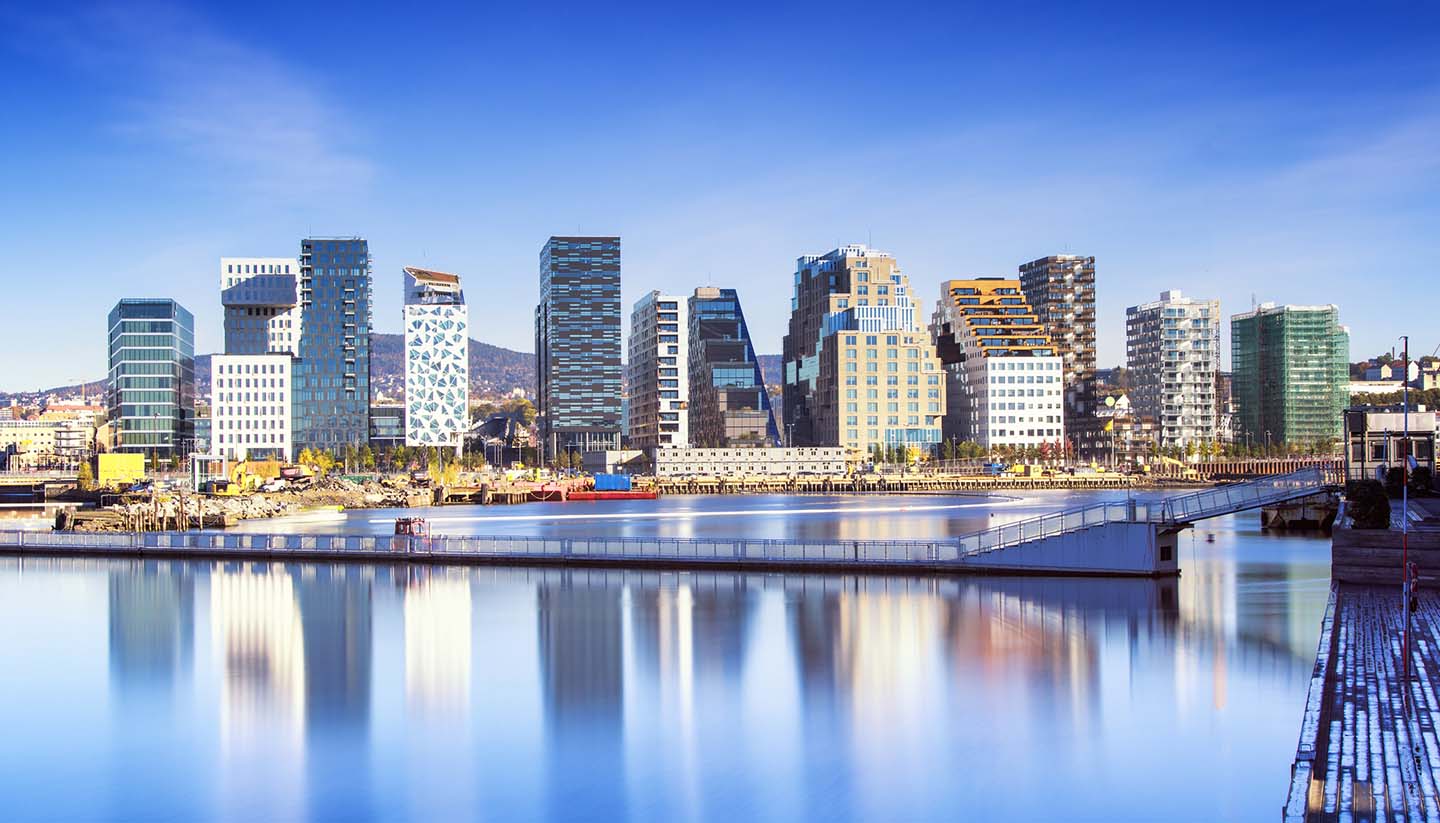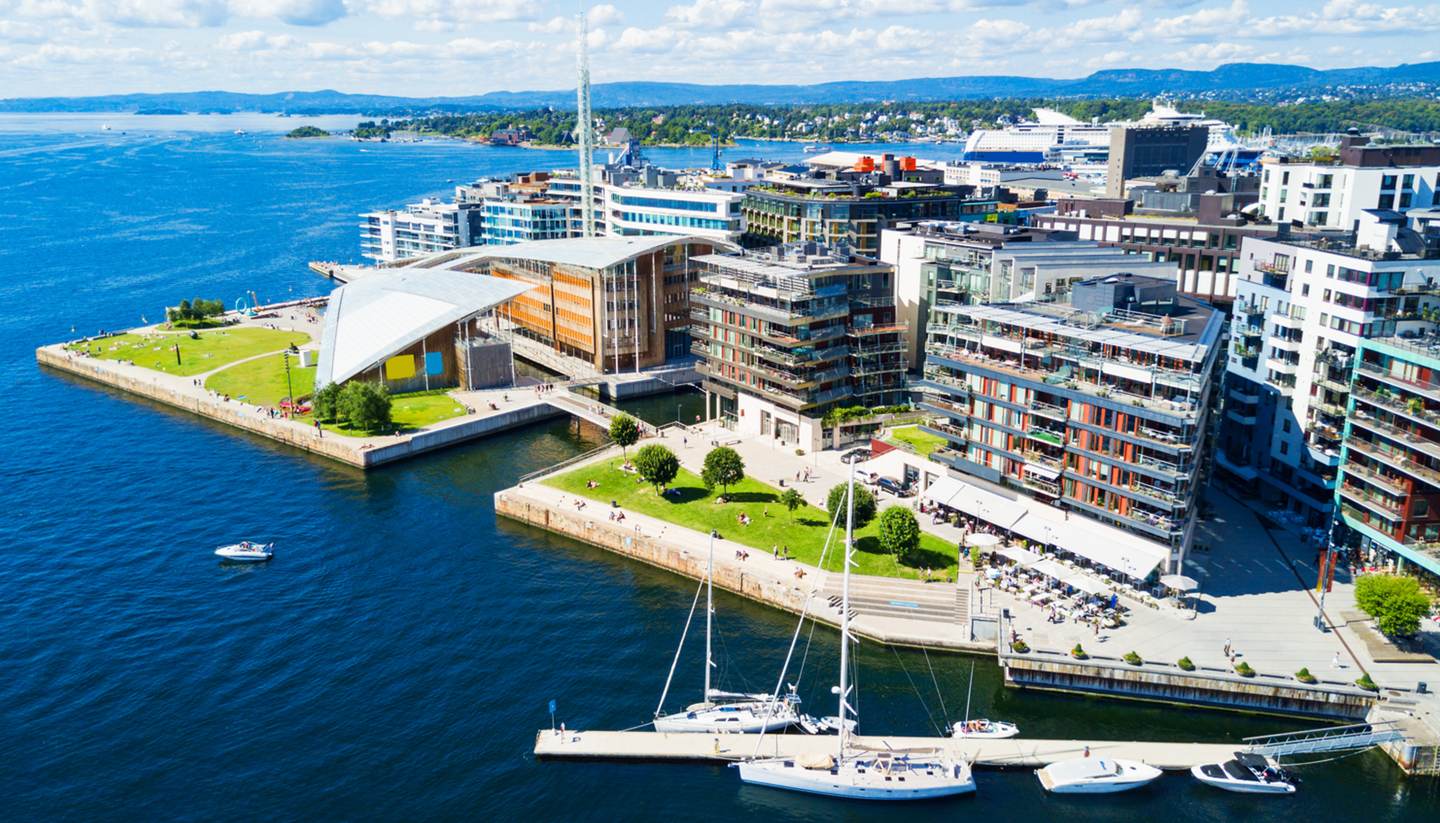Getting around Oslo
Public transport
Oslo has a comprehensive and efficient public transport network of trains, buses, trams, ferries and underground (T-Bane), mostly operated by Oslo Sporveier.
You can buy single-trip tickets, day passes and weekly passes from ticket offices across the city, as well as the Oslo Pass, which includes access to all public transport, apart from late-night buses and trams. The Oslo Pass also allows you free access to more than 30 attractions, free guided walking tours and generous discounts elsewhere.
In general, tickets aren’t especially cheap, but fines for travelling without a ticket are even steeper, so don’t be tempted to go without. You can board buses and trams opposite Oslo S station on Jerbanetorget, with tickets available from the driver. The Oslo T-Bane consists of five metro lines, parts of which are underground.
Båtservice Sightseeing A/S (tel: +47 2335 6890; www.nyc.no) operates seasonal ferries (April to October) from City Hall to Bygdøy Island, where many museums are situated. Other small ferries operate from Vippetangen, just behind Akershus Slott, to all the harbour basin islands.
For more information on all public transport in and around Oslo visit Ruter, Jerbanetorget 1 (tel: 177, in Norway only or +47 22 05 70 70; www.ruter.no), located in front of the Central station.
Taxis
You can find taxi ranks throughout the city, mainly near the shopping centre, city squares and outside Oslo S station. Taxi companies include Norgestaxi AS (tel: +47 08000; norgestaxi.no) and Oslo Taxi (tel: +47 22 38 86 00; www.oslotaxi.no).
The city also has two helicopter taxi services, Heliwing (tel: +47 9809 5000) and Nor Aviation (tel: +47 6495 6495); one seaplane taxi, Fonnafly (tel: +47 6710 5050); and one boat, Fjord taxi (tel: +47 9004 0999), which you can also charter for private trips on the fjord.
Driving
Driving in Oslo is fairly straightforward. However, the city is relatively small and has an excellent public transport system, so a car is unnecessary unless you’re planning longer trips. Rush hour (0700 to 0900 and 1500 to 1800) is best avoided, and navigating your way round can be difficult, as there is a complicated one-way system.
Another plus point for public transport is that parking is a nightmare in Oslo, and prices can be steep. Payment is usually required Monday to Saturday 0900-2000. Municipal parking spots are free to Oslo Pass holders. There are daytime car parks at C J Hambros Plass, Prinsens gate, Christian Krohgsgate, Oslo Plaza, Asker Stasjon and Skøyen Stasjon.
Car hire
The major car hire providers are Avis (tel: +47 66 77 11 42 or 815 330 44 Norway only; www.avis.no), Budget (tel: +47 815 60 600; www.budget.no), and Hertz (tel: +47 2210 0000; www.hertz.no), and national ones like Sunndal Bilutleie in Oslo (tel: +47 9700 2222; sunndalbilutleie.no).
The minimum age for hiring a car is 21 years and a credit card will be required as security. The driver must have a national driving licence (in Roman script), which they have held for a minimum of one year. Insurance is mandatory and tends to be included in the cost of the hire.
Bicycle hire
You can pick up Oslo city bikes (tel: +47 915 89 700; www.bysykler.no/oslo) from over 100 locations in and around the city centre and these are available from 0600 to 2400 every day from April to December. Oslo Bysykkel works on a subscription basis. A day pass gives you unlimited trips of up to 45 minutes within a 24 hour period. A season ticket is also available. Bikes can be unlocked using the Bysykkel app or display screens at the docking stations.



